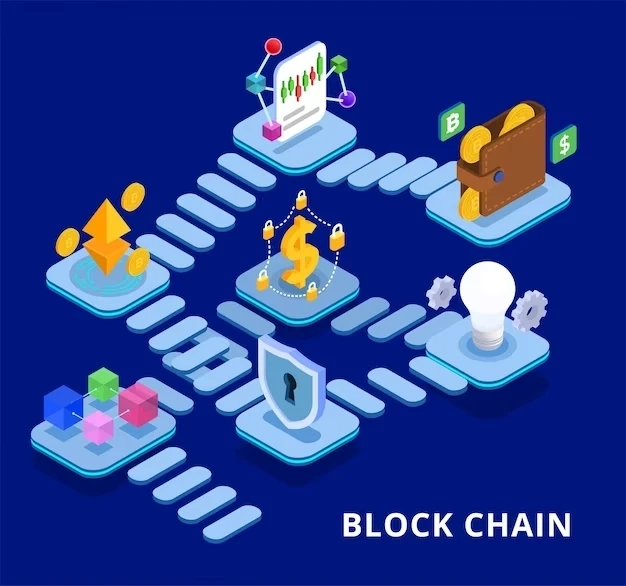The advent of blockchain technology is one of the most transformative developments in the 21st century. It is poised to disrupt a wide range of industries, including finance, supply chain management, healthcare, and more. Yet, for most people, the concept of blockchain remains elusive, even though they may have heard of the term. In this comprehensive guide, we will explore the basics of blockchain technology and its various applications.
What is Blockchain Technology?
Blockchain technology is essentially a decentralized, digital ledger of transactions that is distributed across a network of computers. Each block in the chain contains a record of multiple transactions, and once a block is added to the chain, it cannot be altered. This means that blockchain is an immutable record of transactions that is secured by cryptography.
One of the key features of blockchain technology is that it is decentralized, meaning that it does not rely on a central authority to maintain the integrity of the ledger. Instead, each participant in the network has a copy of the ledger, and all changes to the ledger must be approved by the majority of participants. This makes the blockchain more resistant to fraud and manipulation, as there is no single point of failure.
How Does Blockchain Work?
Blockchain technology is made up of several key components, including blocks, nodes, and miners. Blocks are essentially a record of transactions, and each block contains a unique code, known as a "hash," which is generated based on the data in the block. The hash of each block is included in the next block in the chain, forming a sequence of blocks, or a blockchain.
Nodes are the computers that participate in the network, and each node has a copy of the blockchain. Nodes communicate with each other to validate new transactions and add them to the blockchain. Miners are nodes that perform a computationally intensive process known as "proof of work," which is used to validate new transactions and add them to the blockchain.
Once a block is added to the blockchain, it cannot be altered, as any change would require changing the hash of the block, which would invalidate all subsequent blocks in the chain. This makes the blockchain a secure and tamper-proof record of transactions.
Applications of Blockchain Technology
Blockchain technology has a wide range of applications, and its potential uses are still being explored. One of the most well-known applications of blockchain is cryptocurrency, such as Bitcoin and Ethereum. Cryptocurrencies use blockchain technology to provide a secure and decentralized method of transferring value.
Beyond cryptocurrencies, blockchain technology is being explored for a variety of applications, including supply chain management, healthcare, and voting systems. In supply chain management, blockchain can be used to create a transparent and secure record of the movement of goods, from the manufacturer to the end consumer. This can help reduce fraud and counterfeiting, as well as improve traceability and accountability.
In healthcare, blockchain technology can be used to create a secure and decentralized record of patient data, which can be accessed by authorized healthcare providers. This can help improve patient privacy and reduce the risk of data breaches. Additionally, blockchain can be used to create a secure and tamper-proof record of clinical trials and research data, which can help improve transparency and accountability in the healthcare industry.
In voting systems, blockchain can be used to create a secure and transparent record of votes, which can help reduce fraud and increase confidence in the electoral process. This can be particularly useful in countries where there is a history of electoral fraud or where there are concerns about the security of traditional voting systems.


